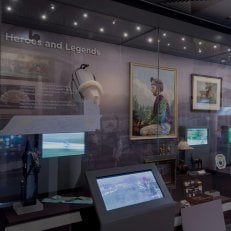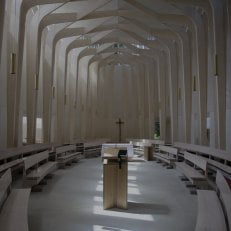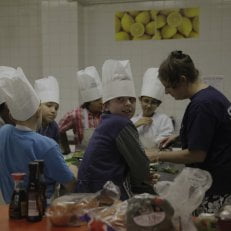The evolving role of National Lottery Heritage Fund
Craigmyle has been involved in the lottery and heritage lottery from the outset, in its various iterations. As we start our #CraigmyleNHLFweek, we consider how National Lottery Heritage Fund (NLHF) funding to the heritage sector has evolved down the decades.

The NLHF, formerly the Heritage Lottery Fund, is 30 years old this year. Over this time, it has awarded nearly £9bn to 51,000 projects across the UK. Everywhere you look there is evidence of the impact of the NLHF. Churches, cathedrals, historic buildings and monuments are only part of the picture. It has also supported parks, museums, archives and libraries. It has revealed untold stories and put people at the heart of projects.
My own experience of heritage lottery funding, both through Craigmyle and my voluntary positions (I chaired the Dreamland Heritage Trust and currently chair Ramsgate Heritage Lab CIC), has shown me that the Fund is approachable and helpful.
Today, whereas once it was one of many heritage funders, it is now the largest in the UK and for many heritage organisations, it is the only game in town because of the scale of funding it can provide. This shift continues to shape how organisations approach heritage projects and heritage fundraising.
There have been other changes too. As with all funders, NLHF has evolved, reflecting on its awards and the feedback given by recipients. In addition, they are attuned to the wider environment in which their funding is used and this informs their principles and practice. It therefore both reflects and informs societal changes.
One key change that the Fund has made is to make awards in places where people buy lottery tickets. Previously, this wasn’t always the case. This has changed the approach and strategy of the Fund making it more relevant to disadvantaged communities. It has also helped to uncover a hidden truth: that everyone values the history and heritage of their area and community. Heritage isn’t just valued by the wealthy. Disadvantaged communities are fiercely proud of their heritage but often don’t have the experience or resources to safeguard it. Protecting and restoring heritage creates pride and brings people together in a unique way. The right support and help, such as the Fund provides, has a huge impact on everyone in the community.
Financial sustainability, revenue generation, environmental impact, climate change, natural heritage, diversity, inclusion, LGBT, Trans are terms now included in the Fund’s programmes. While I don’t have any literature from the early days of the NLHF, I doubt these terms were in it. They are examples of how the Fund has changed and how it is leading heritage organisations and the heritage sector into change too. Practically, this means that preparing a NLHF bid can enable organisations to be fundraising ready for other funders too.
So, what will the next 30 years bring, I wonder?
Join the conversation: let us know what you think the next 30 years will bring to NLHF funding, your experience of NLHF down the decades and how you think it is shaping the heritage sector.





